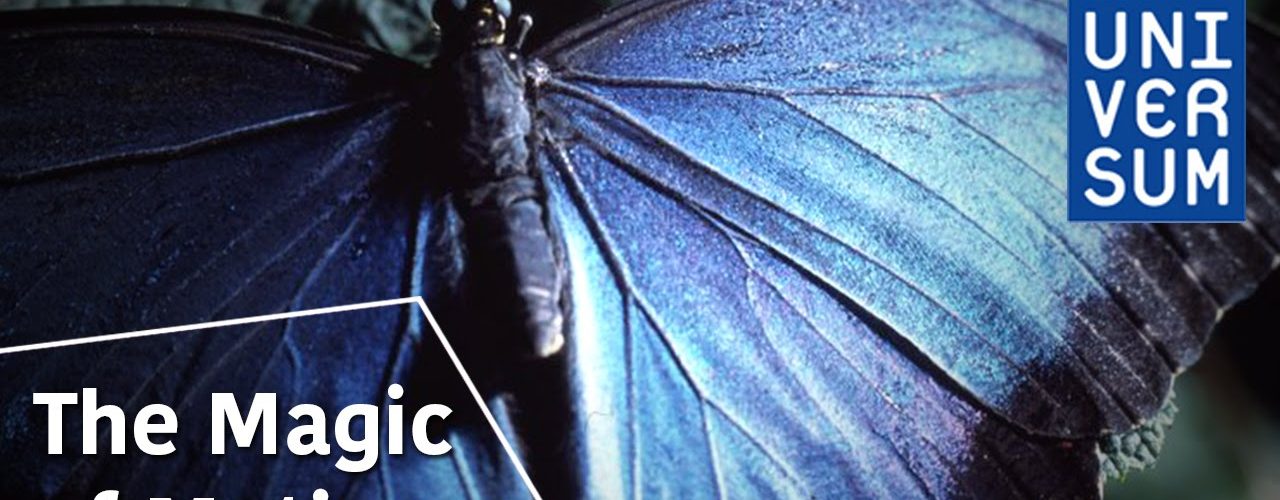Most animals, and even a few plants, move. They swim, walk, run or fly in a wide range of ways, and in this program we look at how designers of planes, cars and robots have found inspiration in nature.
Biomimetics is not just about copying nature, it’s about understanding the principles behind nature’s success and applying those in new and surprising ways. So exploring the world of cars and planes also gives us some startling new insights into nature as well.
In this program we find out why sharks can swim so fast, how flies and geckos can climb smooth glass and how vultures can help the next generation of airliners. We also meet robot cockroaches that might look like something from science fiction, but might be the fore-runners of the latest all terrain vehicles.
NatureTech, a multi-award-winning series, explores “biomimetics” – the science of looking to nature for answers to modern problems.
Why are blossoms never dirty and can we also make our cars that way? Why can geckos walk on the ceiling and can we use their tricks to create better adhesives? Why is the spider’s web tougher than steel? Exciting new developments in computer technology, chemistry and physics are now enabling us to understand Nature’s designs better than ever before. Scientists are not simply trying to copy nature — they are taking hints, extracting principles and applying winning designs of evolution in a new, human context.
Visually, this series is an attractive, fast-paced mix of stunning natural history shots, computer-assisted design and CGI graphics of futuristic inventions, ultra-modern, spacy architecture and high tech as well as scenes of the world’s leading designers and engineers at work, all created by the team that made “Limits of Perception.”





Add comment